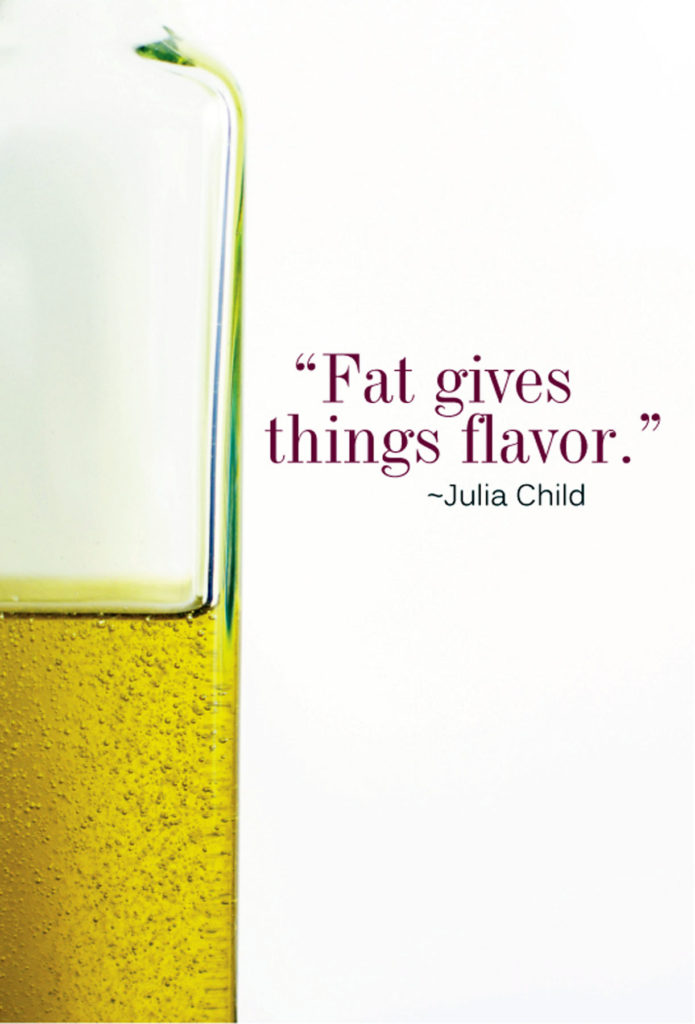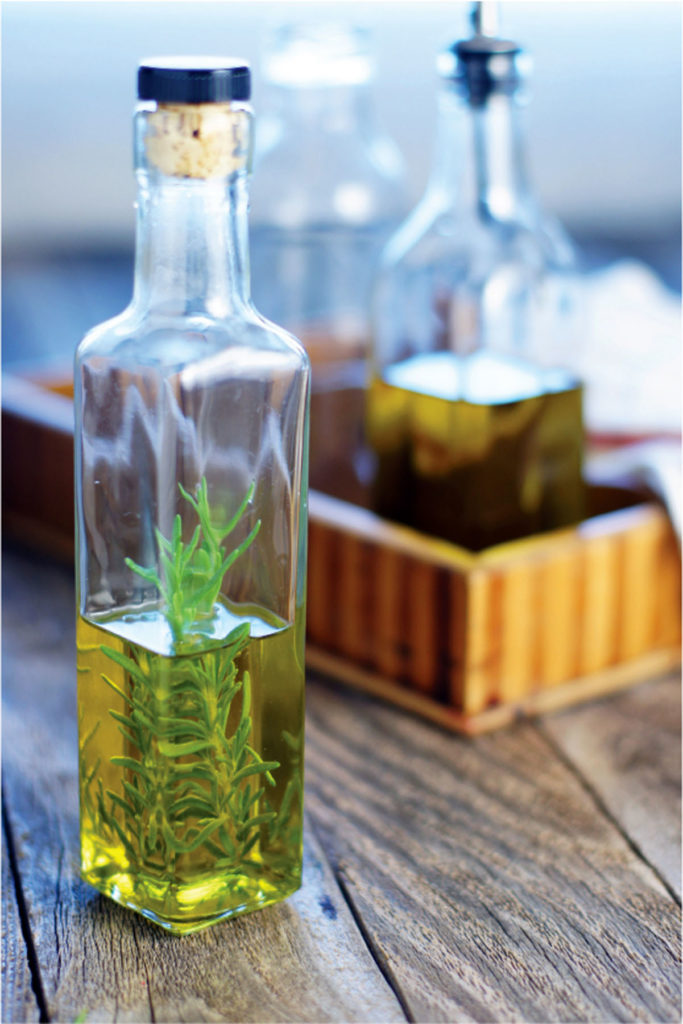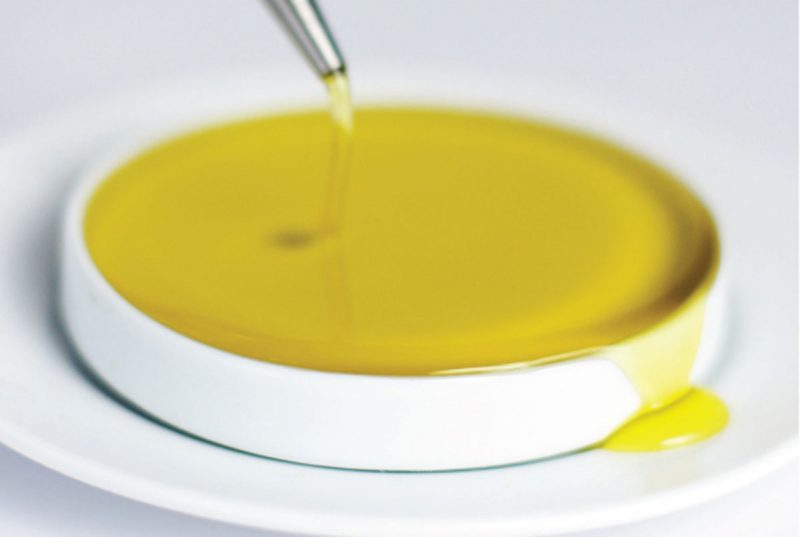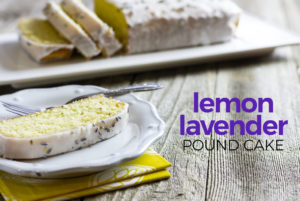Oils are an essential part of cooking and baking. While they have gotten somewhat of a bad reputation over the years, they add much flavor and fats that are an essential ingredient in our overall body composition.
For centuries man has found ways to squeeze the oils out of foods for culinary pursuits. Fortunately, today a wide variety of oils are available at most supermarkets and even more at specialty markets. Here we have listed the most commonly found types.
savour… a slippery slope
OIL BASICS

Types of oils
Walnut Oil – high smoke point makes it great for baking and sautéing. Good flavor makes it good for drizzling on salad, as well.
Flaxseed Oil – low smoke point makes it a poor choice for heating up very much at all. Use this primarily for salads or adding to dishes after they have been heated.
Canola Oil – high smoke point makes this oil good for baking, sautéing, and stir-fry.
Olive Oil – medium smoke point makes this good for light sautéing. Use mostly for salad dressings, dipping/drizzling, marinades, and pesto.
Peanut Oil – medium smoke point makes this good for light sautéing, sauces, and dressings.
Almond Oil – high smoke point makes it good for frying and the taste combines well with many desserts.
Avocado Oil – very high smoke point makes this excellent for frying and the flavor works well in salad dressings.
Safflower Oil – this oil with a very high smoke point is great for sautéing and frying. It is an excellent all-purpose oil.
Sunflower Oil – this high smoke point oil is good for sautéing and frying.
Grapeseed Oil – high smoke point oil that is good for frying and grilling.
Sesame Oil – high smoke point is good for frying or sautéing. The darker version of this oil is typically used for light sautéing and salads.
Truffle Oil – mostly used for drizzling, dipping, and dressings.
Soybean Oil – high smoke point and price make this a good all-purpose oil. It is widely used commercially in the US.
Corn Oil – high smoke point makes it great for frying and sautéing. Price makes it one of the most popular oils in the US.
Canola Oil – great for low to medium sautéing. Bland flavor makes it good for dishes where other flavors are the star.

More to know…
Storing oils – oils become rancid over time. To keep them longer, consider refrigeration. If that is not an option, at the very least store them in a cool, dark spot like a pantry. Make sure they are sealed. If your cold oil becomes cloudy or solidified bring to room temperature before use.
Pressing issue – generally speaking, the more oils are refined, the better they are for frying and sautéing and high smoke point applications. The flavor and color are often significantly reduced in these oils also adding the benefit of neutral flavor to baking. Less processed and single pressed oils retain much of their flavor and color. That makes them ideal for dips, drizzles, and dressings.








